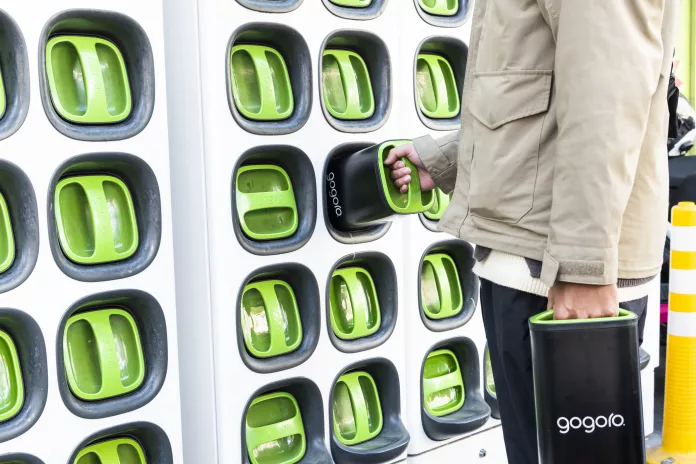As the electric vehicle market evolves, the concept of battery swapping is gaining traction, particularly in the two-wheeled EV sector. Where earlier efforts to promote battery swapping for cars met with resistance, the appeal for scooters and motorcycles is taking off with impressive speed due to the benefits of reduced charging time and enhanced convenience.
Battery Swapping: Old Concept, New Audience
Battery swapping isn’t a novelty; it’s been around for quite some time, especially within the logistics sector. Forklifts and other battery-operated warehouse machinery have historically benefited from the efficiency of this system. But translating that benefit to passenger vehicles proved more challenging. It’s a different story for scooters, however — the smaller size of their batteries and the quicker swap process is reshaping the landscape for urban mobility.
The Rise of Gogoro’s Eco-Friendly Scooters
Taiwanese powerhouse Gogoro is leading the charge in battery swapping for scooters, with the ambition of reducing the disproportionate pollution caused by gas-powered two-wheelers. With a vast network of swapping stations, Gogoro is a poster child for rapid decarbonization, as acknowledged by organizations like the Rocky Mountain Institute (RMI). Gogoro isn’t just building its fleet; it’s also creating a standardized ecosystem for other manufacturers to join in the battery swapping revolution.
In expanding access to clean transportation, Gogoro is offering solutions to regions where traditional charging infrastructure is scarce. By avoiding the necessity for fixed charging points, Gogoro is making electric scooters a feasible option in many parts of the world.
Gogoro’s Battery Swapping Finds a Partner in Gas Stations
The partnership between Gogoro and well-established gas retailers like Copec demonstrates how battery swapping can complement existing service station networks. This collaboration highlights a significant step towards decarbonization in urban areas, particularly by facilitating electric transportation for delivery services, which can greatly contribute to city-wide emission reductions.
Copec has shown a forward-thinking approach by diversifying from conventional fuels to embrace clean technologies, including their entry into two-wheeled EV battery charging with Gogoro, a move that solidifies their position as a leader in the South American EV infrastructure space.
Automotive EV Battery Swapping: On the Horizon?
With Gogoro’s success in the two-wheeled market, speculation arises on whether this can translate to the automotive sector. Innovations in faster-charging and longer-range batteries might diminish the need for car battery swapping. However, developments by companies like Ample demonstrate continued interest in this area, focusing initially on fleet vehicles with the broader public as a potential future market.
There are unique challenges associated with scaling battery swapping for cars, from automaker collaboration to the economic viability of stations servicing larger batteries. Yet, for certain niche markets and use cases, including fleet operations and aiding drivers with disabilities, the model might provide a valuable solution.
Overall, while the journey of battery swapping in the EV realm continues to unfold, the progress within the two-wheeled segment illuminates the pathway for larger scale adoption and the potential ripple effects throughout the transport ecosystem.
























